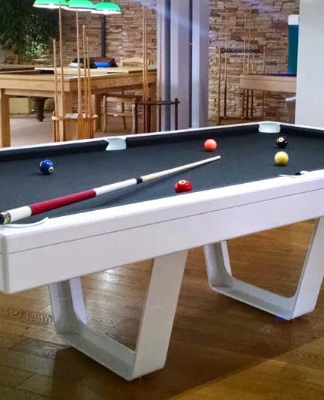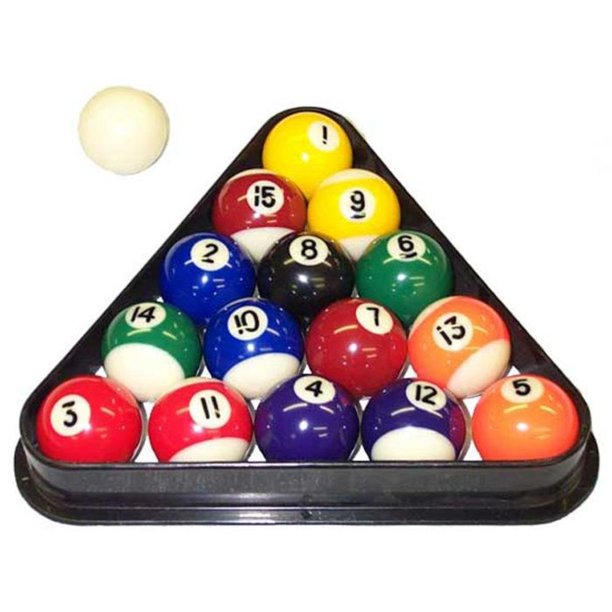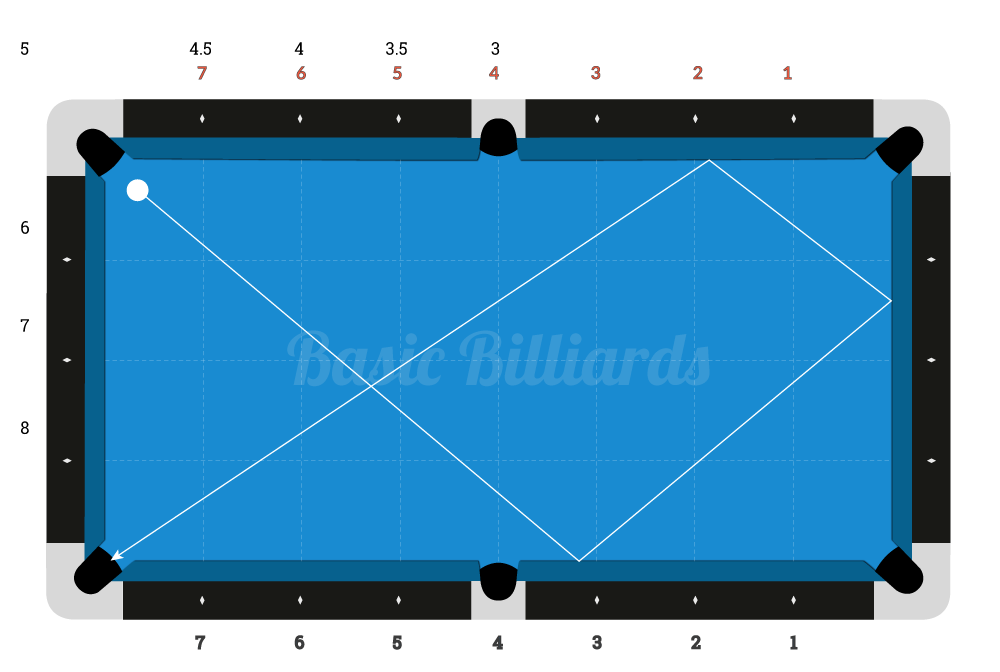
Pool tables are made of a variety of parts. The table has a multi-layered table top that is coated with billiard cloth. Some people prefer different colors of cloth to be on their pool tables. This allows for a more customized experience. This also makes sure that the playing surface remains smooth.
The slate is the top part of a pooltable. The table's surface is made of slate, a heavy-milled rock. Most pools tables are made of either 1" or 3/4" slate. You might want to make sure you get the right size table if you're looking for a new one.
The rails are another vital part of a pool table. Rails can either be made of synthetic materials or natural ging. They provide support to your table and are glued onto the slate. Sometimes, the rail can be made from solid wood. Other materials are usually plywood or fiberboard.
Cushions are used as protection for the rails and to keep them from being damaged. Cushions are made from either vulcanized rubber cloth. These cushions can be interchangeable with rails.

The top rail is a shorter, attached rail that attaches to top of table. Side rails, which are shorter, extend along the length the pool table. Cross beams can also add strength. A transition plate is usually installed between the slate and the rails. A transition plate is used to strengthen the table.
The table's bottom rail can be found at the foot. The rail apron can be described as a horizontal timber which is used for support of the rails. Bed shelf provides another support. Both of these are made from solid pieces of wood. Post legs are considered perfect legs.
Corner pockets are holes at the corners of a table. The angle of entry to the corner pockets is 142deg (+/-1deg). The corner pocket opening is from 4 7/8 inches to 5 1/8 inch maximum.
The head string is a line running horizontally across the center of the table. The head string starts at the second of the side pockets. The player can also draw a line in the cloth to mark where the head string begins.
The foot spot is at the end the table. The foot spot determines where the ball is going to land when a shooter tries to break from the ball. It is also where the nameplate will be located.

When you are purchasing a new pool table, be sure to check the thickness of the slate. The slate should be 1" thick. Dealers sell tables that are 7/8 inches thick. They will be less expensive, but you won't get the exact same results as a 1 inch slate.
Another important part of your pool table cloth is the cloth. Modern billiard cloth is often made from a mix of synthetic nylon and natural wool. The cloth also includes billiard felt. Some players prefer to use a different colored cloth. But it must be durable and smooth. The cloth should be brushed at least once a month in order to preserve its quality.